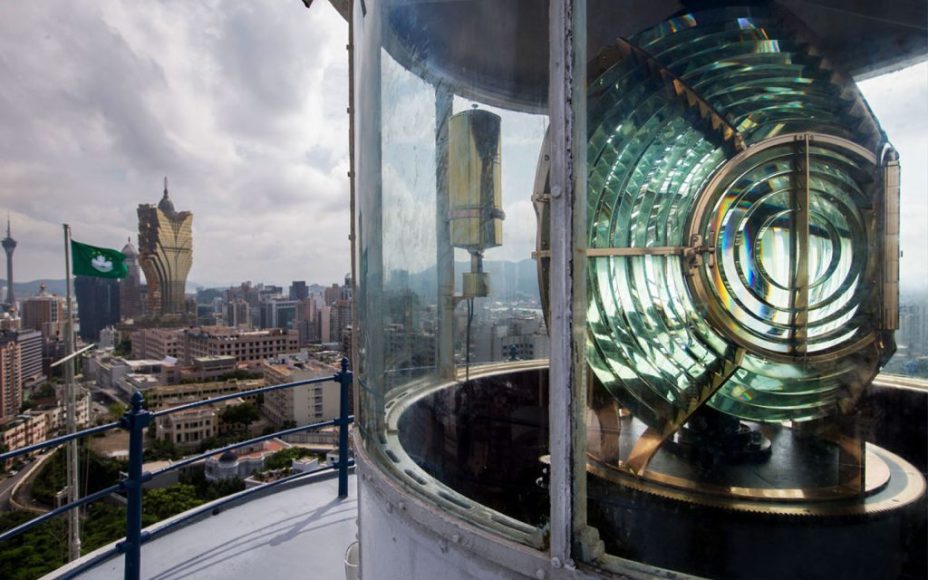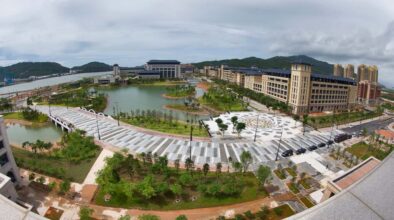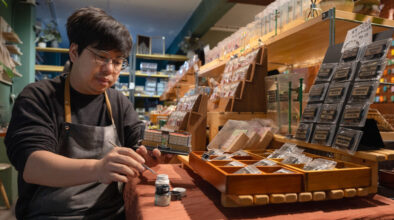At a time when authenticity is a top priority for travellers, it feels harder than ever to find. Especially in a new destination, where venturing off the beaten track can seem risky. But cookie-cutter experiences and identical photographs to those already snapped by millions of others do not leave one with a sense of discovery – that thrill of having gotten under a city’s skin.
This is where insider tips prove invaluable. While it is definitely worth visiting landmarks like the Ruins of St Paul’s and A-Ma Temple, you can figure those things out for yourself. This Macao magazine’s insiders’ guide is for people looking to dive a little deeper into this surprising and rich-with-history city.
The guide includes culinary highlights (learn how to avoid long queues when buying the city’s most famous pastry) and explains why locals like to pop into one particular hospital even while feeling perfectly fine. It also shows you where to find the best views and truly unique photography opportunities, while offering a special treat for bibliophiles.
Here are six best-kept secrets when it comes to visiting Macao:
1. Step inside the Guia Lighthouse
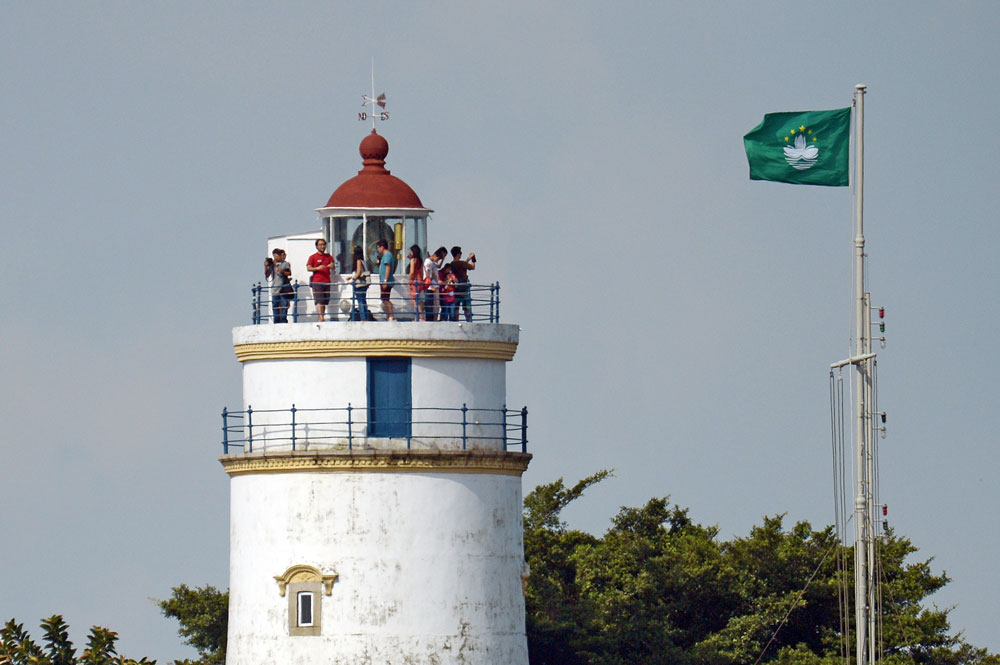
Said to be the oldest operating lighthouse on China’s coast, this distinctive white and yellow structure was built in the 1860s. Part of the Guia Fortress – one of Macao’s UNESCO-listed heritage sites – the Guia Lighthouse has become a treasured symbol of the city.
Travellers who time their visit right can climb its narrow spiral staircase to emerge on a deck encircling the beacon, where a spectacular view incorporates both sea and city. Guia Lighthouse is only open to the public during weekends in July, though you can visit the rest of the fortress year-round.
The Guia Fortress dates back more than 200 years further than the lighthouse. The site includes the Guia Chapel and its elaborate frescoes, and is located at the peak of a park-like hill overlooking the Outer Harbour – a popular green space in Macao.
2. Visit the Senate Library

The oldest library in Macao and housed within the former Leal Senado building, the Senate Library will charm any bibliophile. The two-room space is lined with ornate wooden bookcases and features mezzanine galleries – essentially adding a second storey of books.
The library’s 20,000 volumes are published in English, Portuguese and Chinese; many of these books are rare or antique. Much of the collection was donated by prominent literary figures from throughout Macao’s history, including the symbolist poet Camilo Pessanha.
The Senate Library was designed to resemble a small-scale version of the capacious, Rococo-style Mafra Palace Library, near Portugal’s capital and has been hailed as one of the finest libraries in Asia. The Leal Senado building was constructed in 1784 to serve as Macao’s first municipal chamber, a role it still carries to this day (as home to the territory’s Municipal Affairs Bureau).
While public access was restricted in 2021 in an effort to preserve the library and its contents, anyone affiliated with a research or academic institute (from anywhere in the world) can arrange to visit via the Macao Public Library.
3. The secret to avoiding long queues at Lord Stow’s Bakery
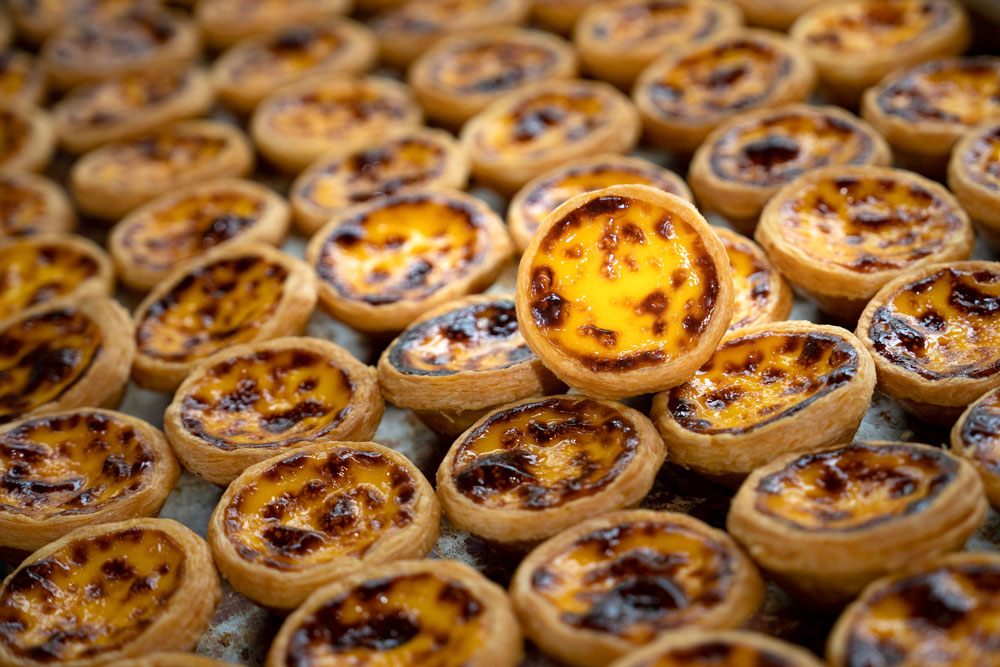
The egg tarts at Lord Stow’s Bakery are a justly famous take on the Portuguese pastéis de nata, made with English custard. Featured in many guidebooks, their immense popularity has the unfortunate consequence of leading to long queues outside the bakery’s original Coloane premises.
Locals know how to skip the line. There are, in fact, four Lord Stow’s in seaside Coloane Village: the original bakery, Lord Stow’s Café (facing the water), Lord Stow’s Garden Café, with its distinctive blue façade and Lord Stow’s Express, right next to the Garden Café. As its name suggests, the latter is the one to target when in a hurry – but very few people seem to know about it.
Lord Stow’s Express is compact; just a counter and some bar stools. Sometimes it isn’t even manned, though that’s only for a few moments at a time. But it sells exactly the same hot-from-the-oven egg tarts as the original bakery, which customers can buy by the box-full and eat along the nearby waterfront promenade.
4. Some of the best photography spots are in the city’s hidden courtyards
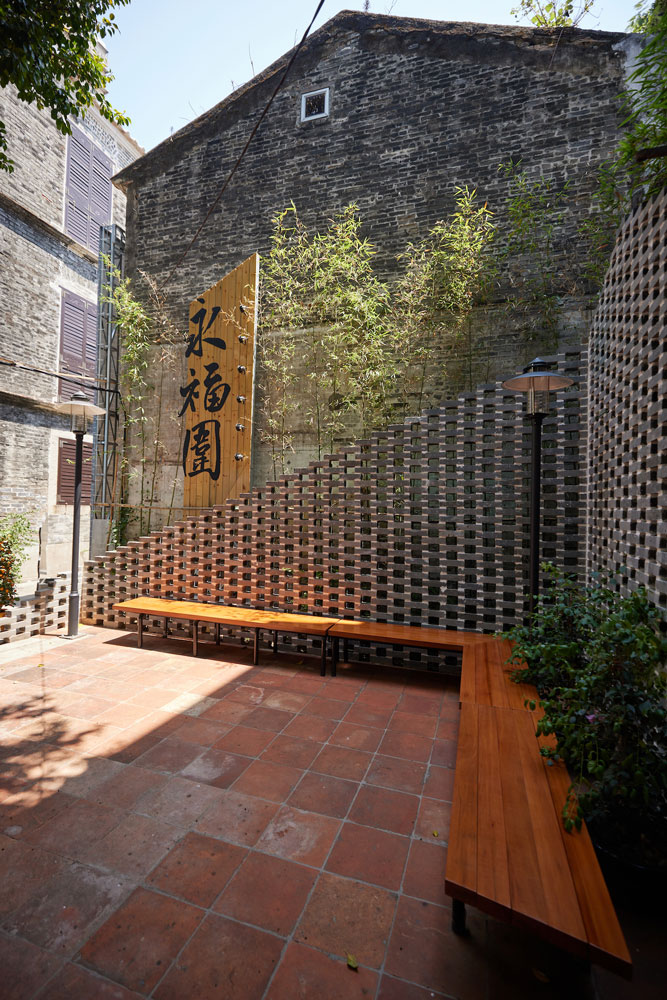
Macao’s urban fabric has changed dramatically over the past 20 years, but more than a hundred distinctive pátios and becos still remain. These are the hidden courtyards and narrow alleyways known for housing generations of close-knit communities.
Their traditional buildings and village-like atmospheres hold a lot of charm, appealing to photographers seeking shots of authentic Macao life. You still see older residents relaxing, chatting, hanging their laundry or taking care of their potted plants in peaceful pátios, seemingly immune from the bustle just a street or two over. Most are located within the UNESCO-listed Historic Centre of Macao.
A good place to start exploring is Pátio do Espinho – you’ll find it hidden down a narrow lane accessible through Rua de Dom Belchior Carneiro. Or head over to the auspiciously named Pátio da Eterna Felicidade (“Eternal Happiness Court”), very near St Anthony’s Church.
5. The abandoned weather observatory boasts incredible views
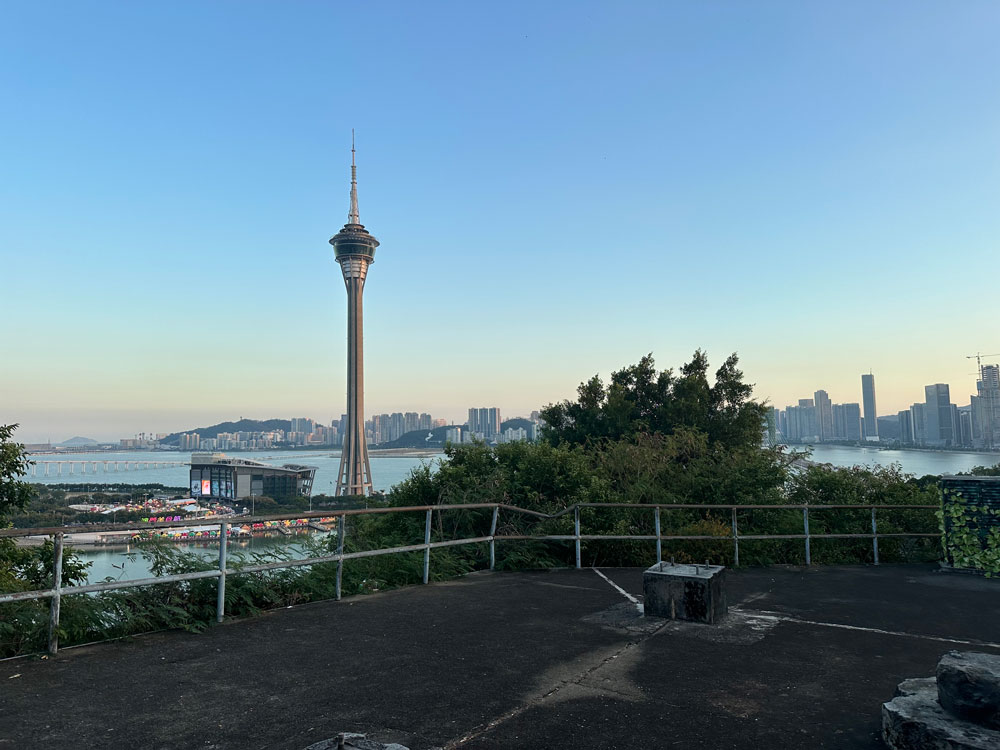
It’s a bit of a hike to get to by Macao’s relatively tame standards, but the now defunct weather observatory perched atop Penha Hill is worth exploring. While the old structure has been partially reclaimed by vegetation, its adjoining terrace offers sweeping views over the peninsula, Taipa and Hengqin island. The lonely-yet-lovely spot is an excellent place for watching fireworks, or the sunset.
You’ll find it’s a 15-minute walk uphill from the Chapel of Our Lady of Penha, a 17th-century church worth visiting in its own right. The candy-coloured Santa Sancha Palace is also nearby; this 1846 mansion is currently the official residence of the Macao government’s chief executive. While in the neighbourhood – if hungry – a local Macanese favourite is Henry’s Galley, recommended for its African Chicken dish.
6. Conde de São Januário Hospital’s cafeteria bakes the best cakes
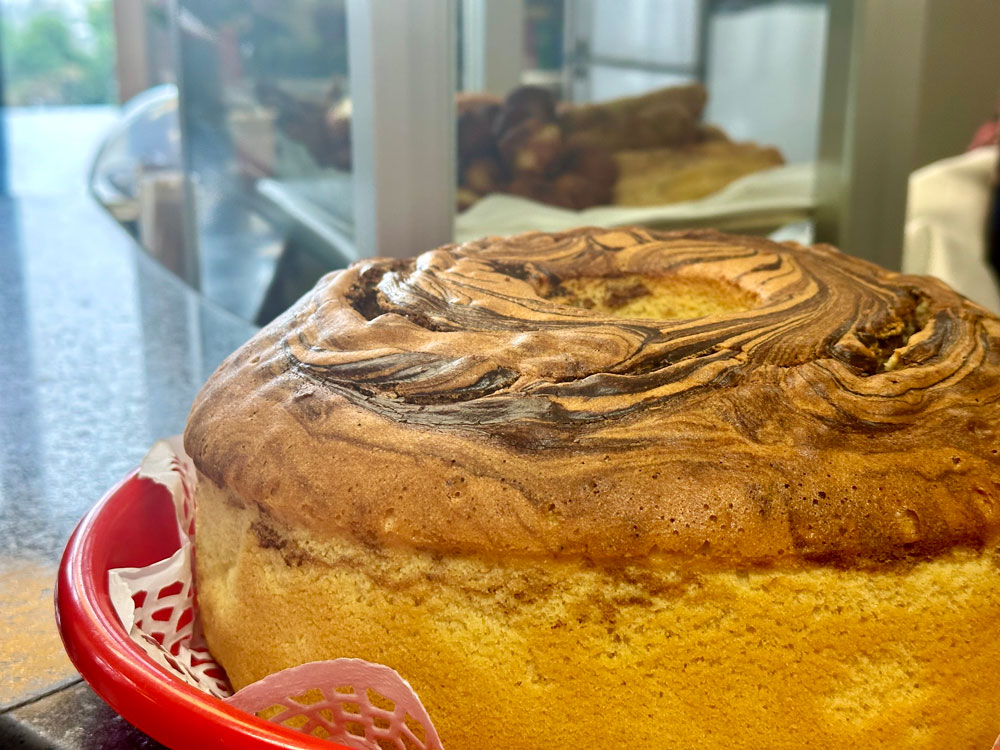
There are few places in the world where locals would suggest a hospital bakery when asked where to find a decent slice of cake. But they do in Macao. São Januário Hospital’s beloved sponge and marble cakes are said to beat all others when it comes to flavour and texture.
While this is a bonus for those recuperating from surgery or feeling under the weather, it is popular with the perfectly healthy, too. These cakes are always freshly baked and fluffy, with the right level of sweetness.
São Januário Hospital is located in the peninsula and its cakes can be purchased in the main lobby.
